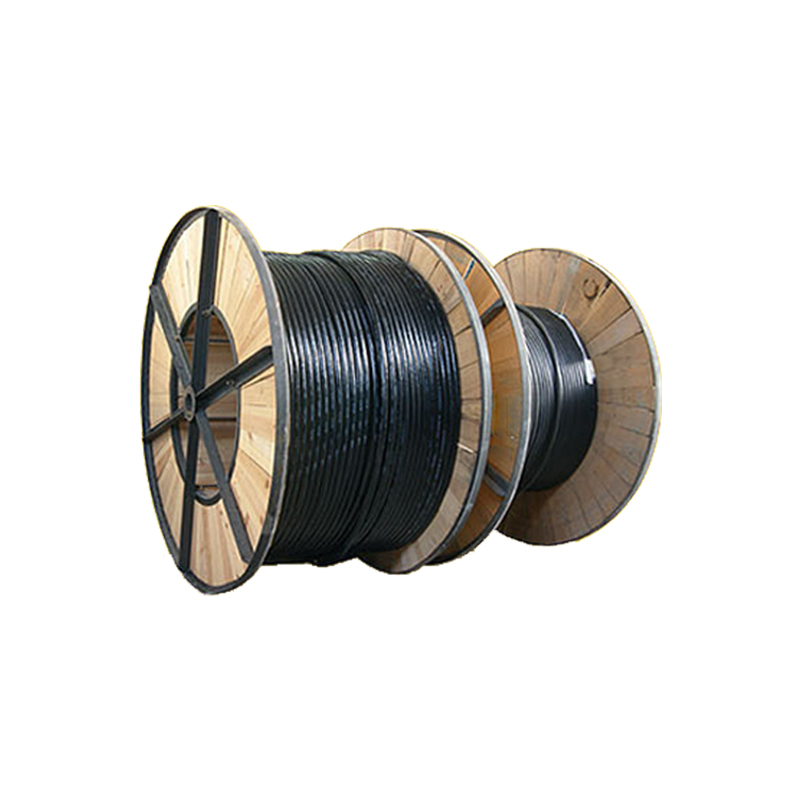
Pure conductor metal, no insulation and sheath layer, such as steel core aluminum stranded wire, copper-aluminum busbar, electric locomotive line, etc.
The processing technology is mainly pressure processing, such as melting, calendering, drawing, and stranding/tightening.
The products are mainly used in suburbs, rural areas, main user lines, switch cabinets, etc.
Extruding (winding) the insulation layer outside the conductor, such as overhead insulated cable, or stranding (corresponding to the phase, neutral, and ground of the power system), such as overhead insulated cables with two cores or more or adding a jacket layer.
Such as plastic/rubber sheathed wire and cable.
The main process technologies include drawing, stranding, insulation extrusion (winding), cable-forming, armoring, and sheath extrusion.
The different process combinations of various products have specific differences.
The products are mainly used for the transmission of strong electric energy in the transmission, distribution, transmission, transformation, and power supply lines.
The current passing through is large (tens of amps to several thousand amps) and the voltage is high (220V to 500kV and above).
Variety of specifications, a wide range of applications, and the use of voltage is more than 1kV and below, in the face of special occasions continue to derive new products, such as fire-resistant cables, and flame-retardant cables.
The structural dimensions of such products are generally small and uniform, and manufacturing precision is required.
They are mainly used in various motors, instrumentation, etc.
The derivative/new products of wire and cable are mainly due to the requirements of the application, application requirements, equipment convenience, and equipment cost reduction, but adopt new materials, special materials, change product structure, or improve process requirements, or will be different.
The products of the variables are combined to produce.